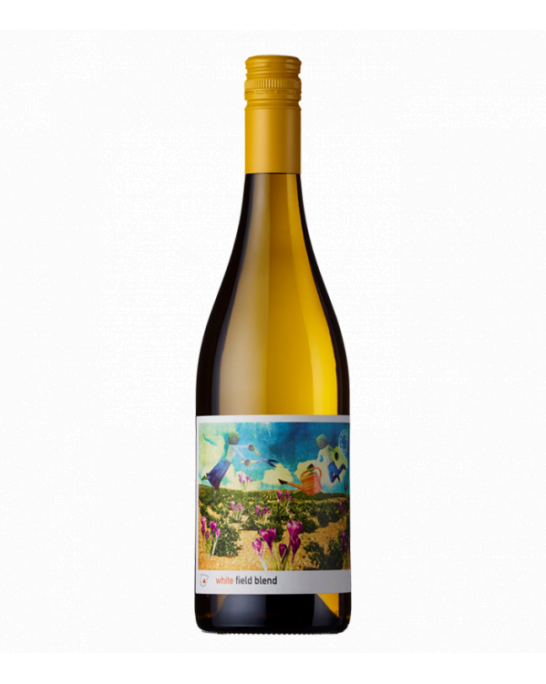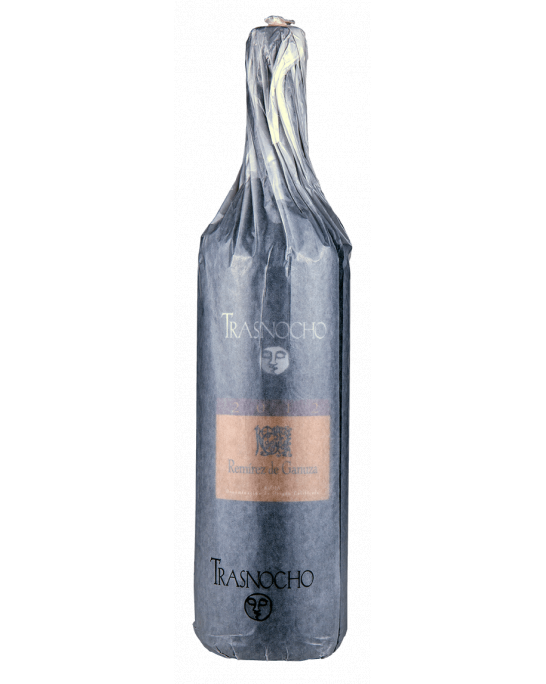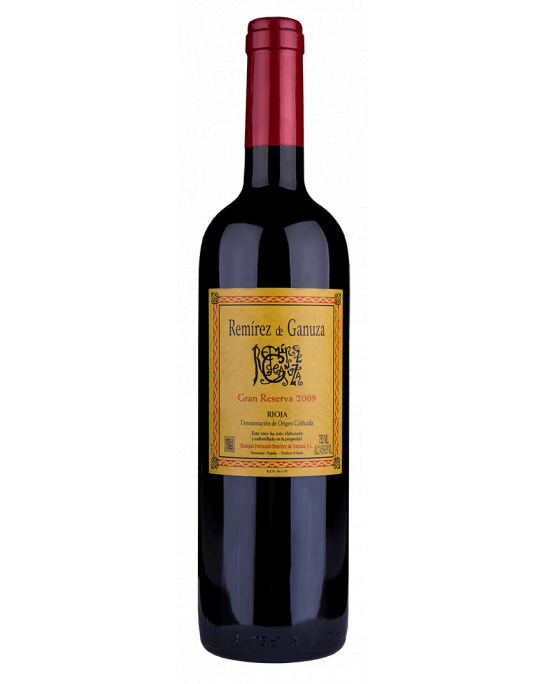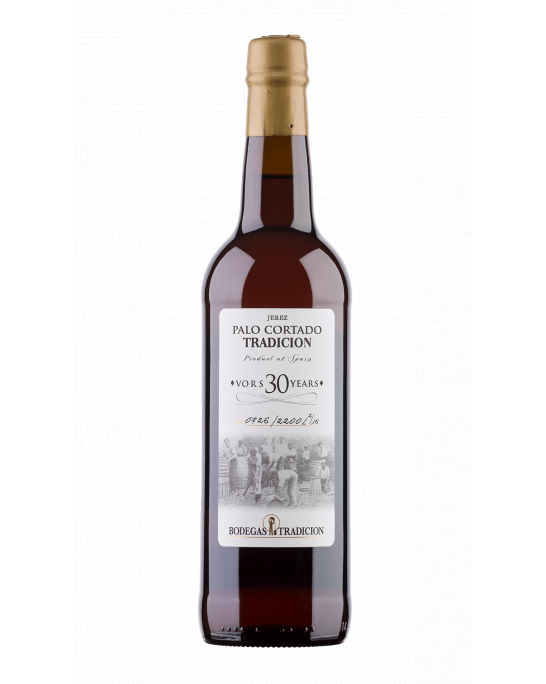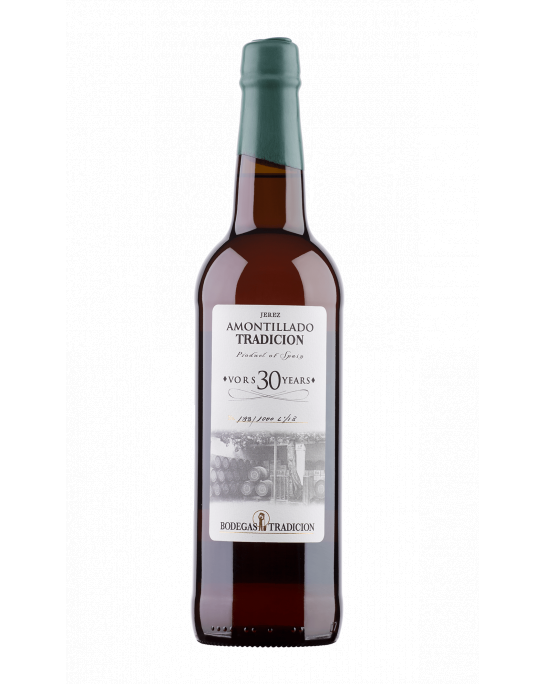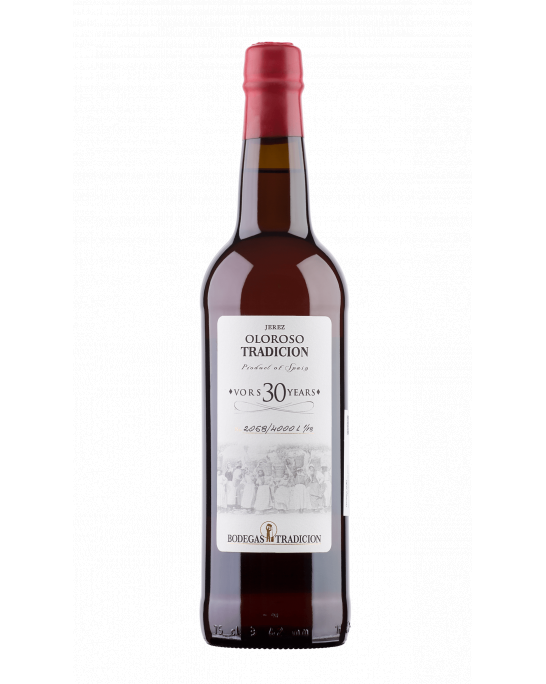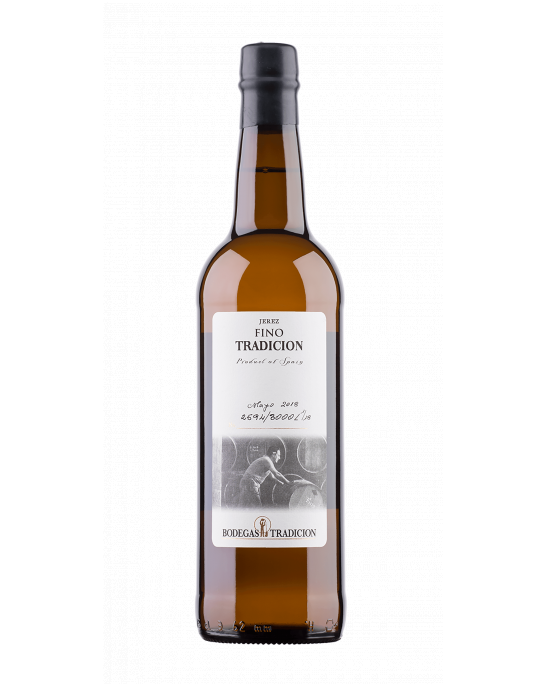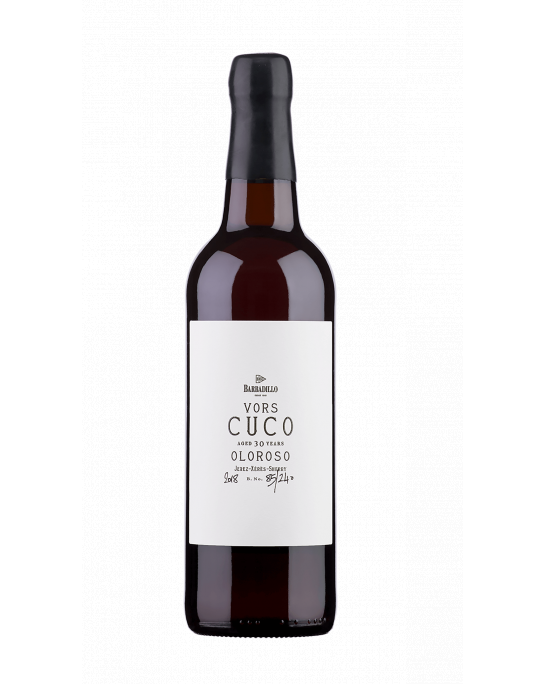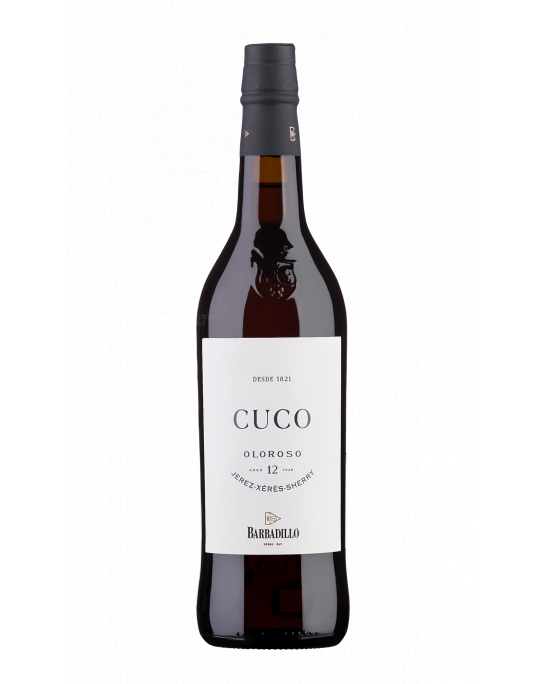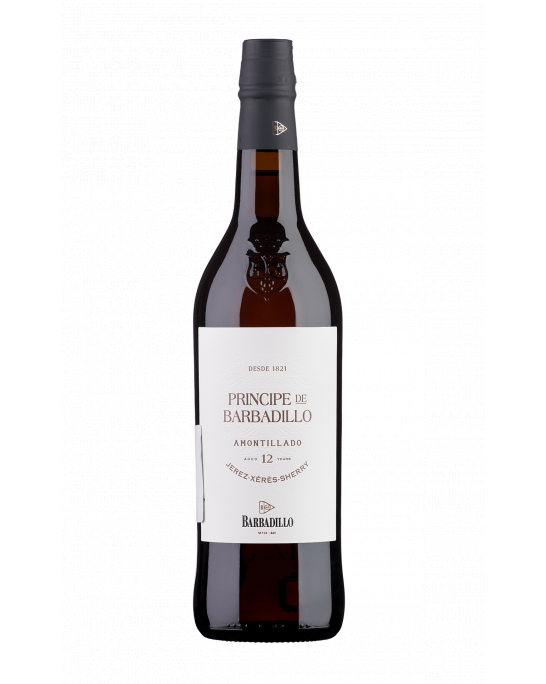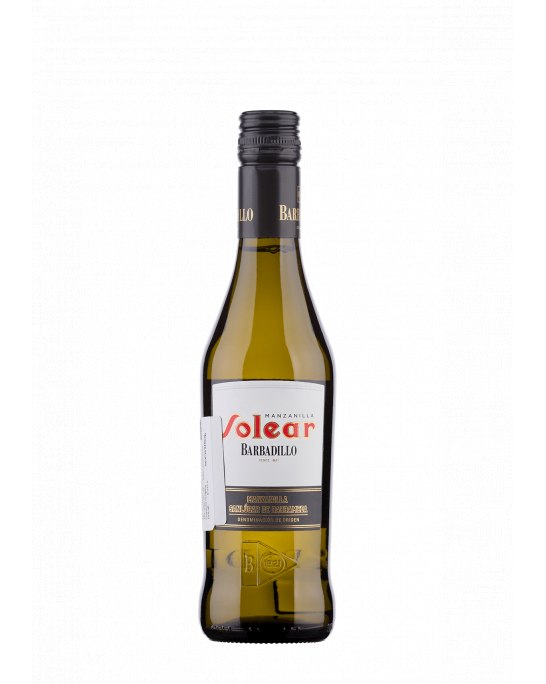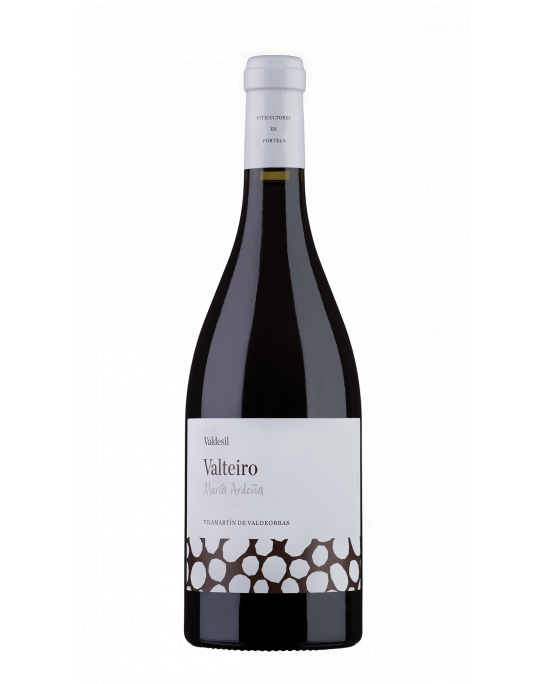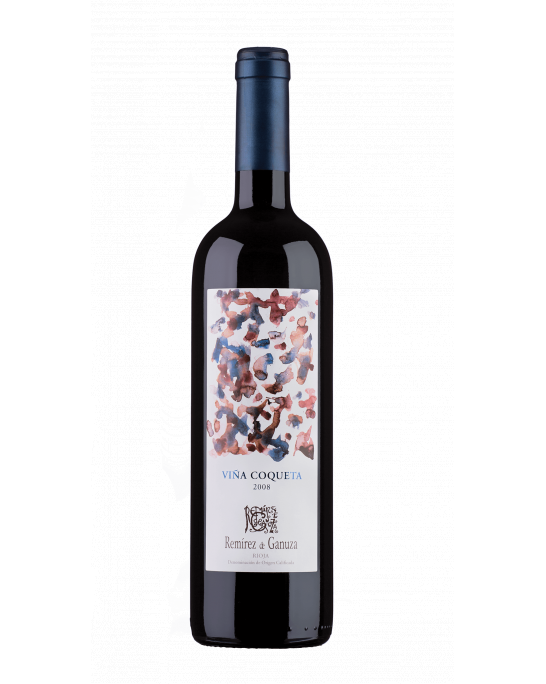Spanish wines
Spain has more grapes planted than any other country, but still ranks third after Italy and France in production.
MoreSpanish wines
Spain has more grapes planted than any other country, but still ranks third after Italy and France in production.
MoreSpain has more grapes planted than any other country, but still ranks third after Italy and France in production. The reason for this is rooted entirely in the typical soil and climatic features that determine the lower yields compared to other countries. Spain is home to the excellent red Spanish wines from Ribera del Duero, Rioja (produced from Tempranillo grapes) and the classic wines from Catalonia - Priorat (mainly Cabernet, Tempranillo and other local varieties), which can compete in quality with any other country. However, the country is best known for the unique sherries produced in the southwestern part of the country with the city center of Jerez.
What are the varieties and regions in Spain?
Spain is divided into several regions, just like the other wine-producing countries, each with its own varieties and specific oenological practices. The country is mostly known for its red wines, but recently some whites have come to the fore, mostly from the Albarinho variety. Due to the specifics of the climate with high temperatures and prolonged sunshine, white wines from Spain are more saturated, dense and in general with higher alcohol content, but they pair great with local seafood delicacies. Of the red varieties, the most common is Tempranillo, a leading variety in Rioja and Ribera del Duero, followed by Garnacha (French Grenache) and other international varieties such as Cabernet Sauvignon, Chardonnay and others. The region of Jerez, where the famous sherry wines are produced in typical Solera systems, is especially revered. Here the main varieties are Palomino, which is used mainly for dry sherry, Pedro Jimenez and Muscat - for sweet sherry.
How to choose a good Spanish wine?
Undoubtedly, when one hears the combination of Spain and wine, the first thing that comes to mind is Rioja. Here it is important to know the classification in this appellation, where the ageing of the wines plays a key role. All top wines must be aged in French oak barrels, and the duration determines the name that the wine will receive for its label - Joven (short or no ageing), Crianza (released on the market at least 2 years after harvest, at least 1 year aged in barrel), Resеrva (released 3 years after harvest, with at least 1 year in the barrel) or Gran Reserva (released 5 years after harvest, of which 2 years in the barrel). These requirements are justified, as they are basically intended to soften and polish the tannin structure of Tempranillo, as well as to help integrate the generally high alcohol degrees. However, this retention of wines in the winery makes them expensive and more and more Spanish producers are turning their eyes to global trends towards a lighter character of the wines, with more fruity profile and less oak. Ribera del Duero and Priorat are the next suspects in the selection, where there is no such classification and heavy requirements for wines, but rather the grapes that serve as the basis of the wines are important and give the appearance of the final product - the local Tempranillo or French varieties in the Catalan region Priorat.

